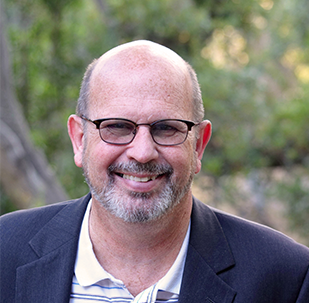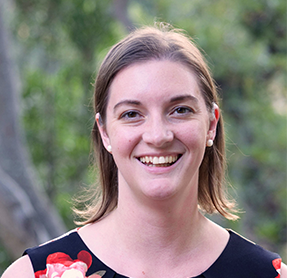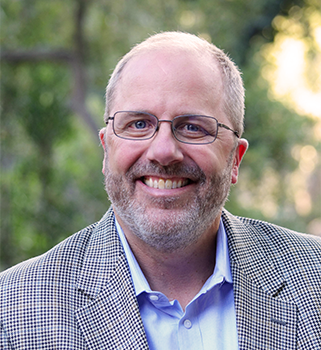Frequently Asked Questions
Who are High-Risk OVC?
OVC stands for Orphans and Vulnerable Children. The term OVC encompasses all children who have no one to care for them, even if one or both of their parents are still living. Alternative care systems exist for these children, including kinship care, adoption, foster care, and residential care. High-risk OVC are children who exhibit many behaviors that make any attempt to care for them challenging and often unsuccessful, resulting in failed adoptive or foster family placements. These children may have the highest chance of success when they are raised in an excellent, well-equipped residential program.
What are Hope Institute’s Core Values?
- We believe every child should be raised in a loving and supportive family.
- We affirm excellent residential care as the best opportunity for successful community reintegration for high-risk OVC.
- We believe excellent residential programs must prepare children for successful independent adulthood.
- We believe best practices should be encouraged in every residential care setting.
- We are committed to building a supportive community among OVC care practitioners.
- We value and affirm the autonomy of partner programs.
How can we access Hope Institute’s expertise and training?
Please contact us at info@hopeforovc.org.
Publications
- United Nations Convention on the Rights of the Child
- UN Guidelines for the Alternative Care of Children
- World Health Organization’s Child Maltreatment fact sheet
- CELCIS: Moving Forward
- SOS Children’s Villages International and CELCIS: Towards the Right Care for Children
- Why Institutions Matter
- Maybe Orphanages Aren’t So Bad After All
- Child Abuse and Neglect in Care Settings
Statistics
56% of young people participating in the Midwest Study (of children aging out of orphan care) at age 23 or 24 would be classified as poor. This does not include the 9% who are incarcerated.
Chapin Hall, University of Chicago, Issue Brief, March 2010
At age 23 or 24, 16% of young men who aged out of care were incarcerated and nearly three-fifths had been convicted of a crime since age 18.
Courtney, M. E., Dworsky, A., Lee, J. S., & Raap, M. (2010). Midwest evaluation of the adult functioning of former foster youth: Outcomes at age 23 and 24. Chicago, IL: Chapin Hall at the University of Chicago
In Russia and the Ukraine, studies have shown that 10% – 15% of these children in residential care commit suicide before they reach age eighteen.
These studies also show that 60% of the girls become prostitutes and 70% of the boys become criminals after aging out.
Another Russian study reported that of the 15,000 orphans aging out of state-run institutions every year, 10% committed suicide, 5,000 were unemployed, 6,000 were homeless and 3,000 were in prison within three years.
Human Rights Watch: “Abandoned to the State: Cruelty and Neglect in Russian Orphanages” November 1998
60% of the child sex trafficking victims recovered as part of an FBI 70-city raid were children from foster care or group homes.
NPR: “Finding and Stopping Child Sex Trafficking, 2013
Of the children reported missing who are also likely child sex trafficking victims, 60% were in foster care or group homes.
National Center for Missing and Exploited Children, 2014
In New York, a study found that 75% of children sexually exploited for commercial purposes spent time in foster care.
New York State Office of Children and Family Services, April 20, 2001







